Building a Sustainable and Accessible University Infrastructure For Digital Art
ACH 2021 Conference: Thursday 22 July, SF2 @ 10:30 - 11:30am CT
| Tommy Hartung | Elisa Beshero-Bondar |
| @TommyHartung8 | @epyllia |
Digital Media, Arts, and Technology
Penn State Erie, The Behrend College
Image Credit: "Brender render farm in basement installation" by oenvoyage is licensed under CC BY-NC-SA 2.0
Link to these slides: https://bit.ly/uni-da
Who are we?
- recent arrivals to a recently established major
- at the intersection of digital arts / digital humanities
Our Motivations
- personal transition to our new posts
- inheritance of past structures
- desire to future-proof our program
A divided social mindset?
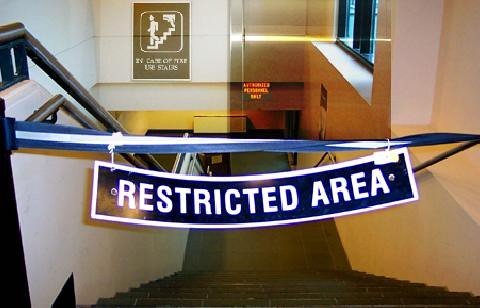
Image Credit: "Restricted access to emergency exit" by Transguyjay is licensed under CC BY-NC 2.0
How digital arts / humanities
can be cloistered
The lab we inherited
- Not on the university network
- Not in a room that's even for computer use
- Who benefits?
- ?!! We have 25+ students in our classes
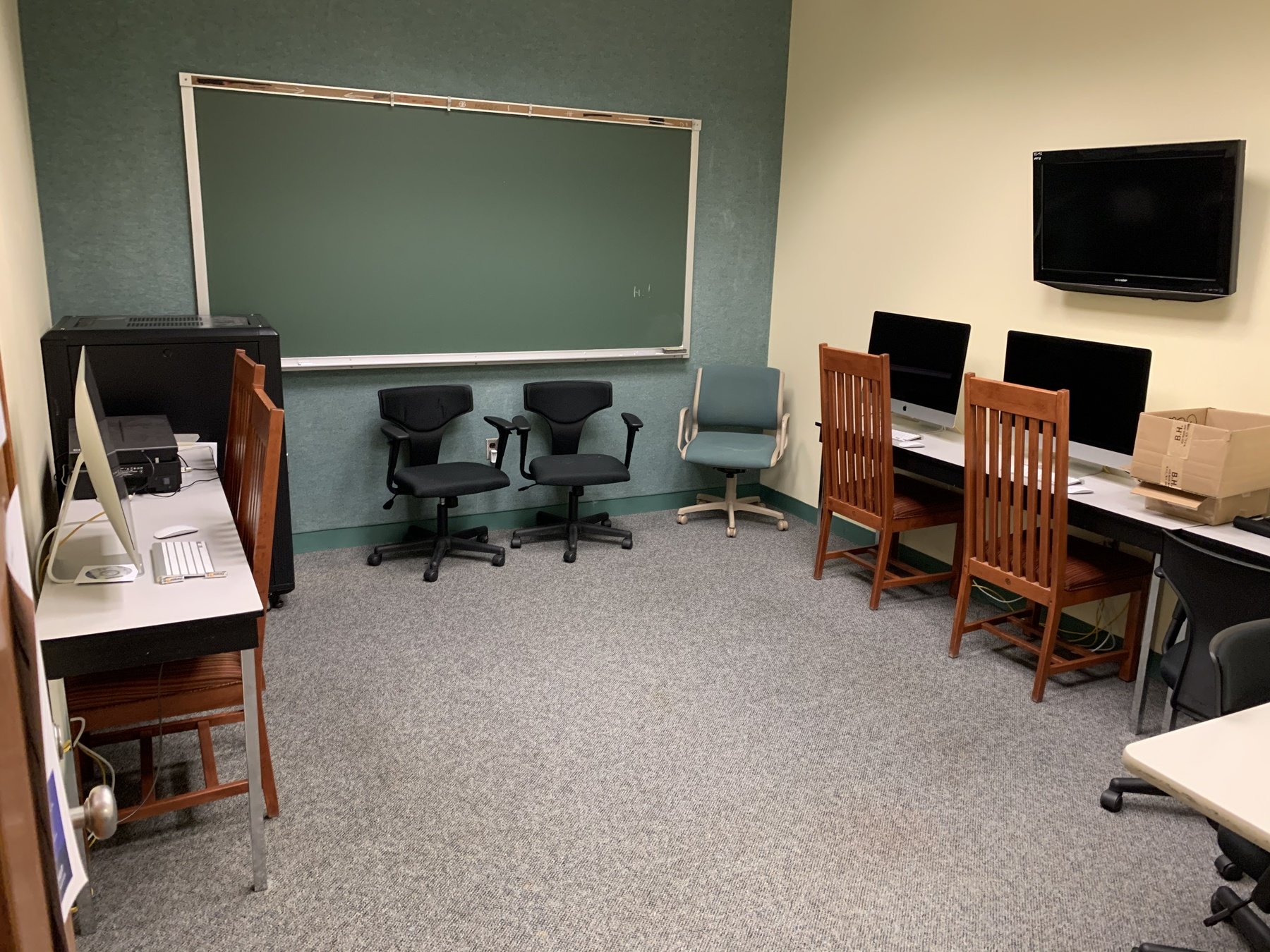
Digital Humanities Lab at Penn State Erie, April 2021
What do we mean by...
-
sustainable
- relatively easy to renew resources...but for how long?
- forever?
- as long as we need it?
-
to pay it forward (after we're gone)?
- relatively easy to renew resources...but for how long?
-
accessible
- making resources available to ______?
- students with a wide range of abilities?
- people outside your program/school/university?
- any people with the appropriate interests and training?
- making resources available to ______?
IT and administration might share our motivations, but need to understand our frame of reference for digital work
= Social networks and human behaviors
Academic Digital Art Infrastructure
Why IT says “no” to faculty requests. . .
Content production and information technology critically depend on each other.
Yet they are taught in separate schools and speak radically different languages.
DIGIT aims to bridge these divides by teaching coding, art, and infrastructure, too!
IT can see faculty as creating digital silos
They may well think we don't understand the university network protocols!
Personal Network
A personal Lan Network is owned and operated by you the owner. You are responsible for payment, upgrades and most importantly security.
Academic Network
Academic computing is a quasi-public space network that you participate within and rely on public services to maintain, operate, and secure.
Know the differences between infrastructures
Try to learn each other’s languages
programming, networks, file formats, rendering, server hits, security . . .
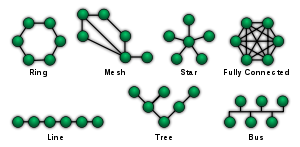
Do not take a road trip without knowing the maps.
"We need to learn the digital infrastructure, much like other forms of infrastructure that shape our lives and communities. This means attending to pathways and structures that connect communities and materials"
ALI KENNER
Drexel University
Imagine going to your office one day and everything you have been working on for the last few years is gone. Not only has it happened to you, but the entire university! The hackers are asking the university for millions of dollars to restore the accounts.
Digital Infrastructure planning starts with one word SECURITY
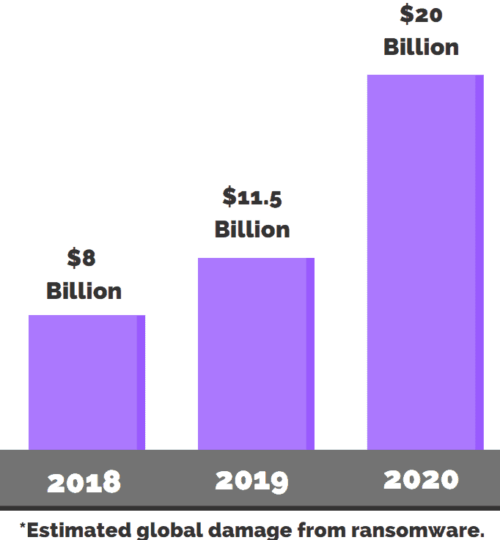
Look At The Big Picture

-
Router bandwidth determines what you can plug in!
- Router could be ~10GB
- ~10-15 years ago, faculty used to work in local labs controlled by their departments
- run from a faculty member's office
- run inside one department, separate login from the university
- This was a network security matter of high priority to IT
- This was a crisis for digital artists and humanities computing
- especially difficult for digital arts
Not so long ago. . .
Cloud computing solutions can improve existing infrastructure for digital arts and humanities.
We just need to understand its potential to reach more students.

Network Traffic and Digital Art
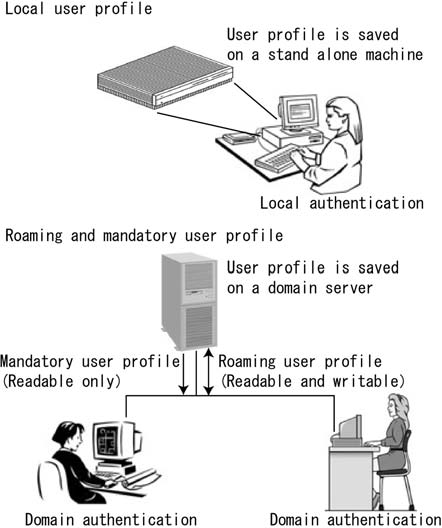
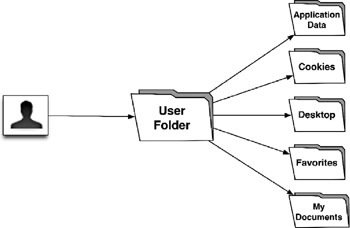
Troubleshooting Digital Art on Academic Networks
Common issues
- Roaming Profiles are not designed to transport large data packages.
- Campus Local Area Networks or CLAN are designed to serve many users with word processing needs.
- Computer hardware such as GPU or CPU lacks the processing power
- Digital Art software conflicts with typical network infrastructure.
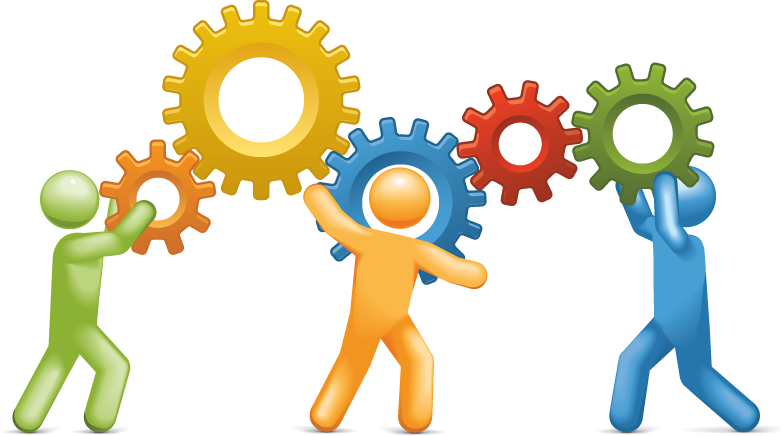
How Cloud computing developments can solve some of these issues
Roaming
Profiles
Campus LAN
software
hardware
computers, cameras, microphones
Digital Art Infrastructure
Traffic Issue for Cloud Computing Digital Art Infrastructure
- Traffic jams!
Large packets from Art software (e.g. Adobe CS) sent simultaneously with Roaming User Profiles- Adobe appdata ⟶ Adobe server
-
Admin credential authentication ⟶ Central University Server
- Solution!
Make changes to the natting and subnet protocols to widen the pipe by simplifying the user IP data, and delay the user app data sent to Adobe
- IT knows how to direct traffic!
- Challenge: to communicate that traffic is the problem!
- Necessary to bring IT into your computer lab classroom to monitor issues live.
- Example: creating a scripting tool to clear user app data to improve performance of roaming profile
Faculty/Digital Arts/Humanities
IT Tech Staff
“The needs of the many outweigh the needs of the few.”
”My student just lost her whole project...!”
Red alert!
These two don't always want to talk to each other!
Digital Arts Cloud Services with Local IT Administration
- Corporate cloud solutions may not be sustainable
- Not relying on third parties: Box, OneDrive, Google
- Not designed to handle digital art file types anyway!
- We can lose access suddenly with a university-wide broken contract!
- Ask IT for campus-administrated cloud server space
- They can map that server space to your classrooms.
- Won't work for all classrooms on campus
Where curriculum meets infrastructure
- Build up Digital Art classroom labs
- Use a high-resolution production workflow in gen ed classes (~4 - 8k pixels)
- IT needs to document numbers of students to allocate school computing resources
- Students taking Digital Arts classes will need more processing powers than most students
- hours of rendering
- reliable virtual access to files
Build Infrastructure with IT
- IT can create small systems (secure spaces/gated access) where students have admin privileges
- Faculty can teach students to work with university network protocols and campus servers
-
Faculty can involve students in drafting “future-proofing”. . .
- instructions
- policies
- documentation
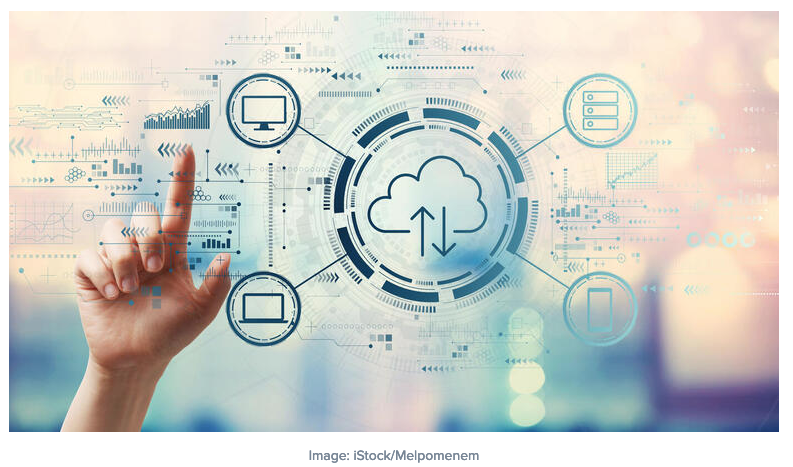
Digital Humanities
Digital Arts
“That is illogical with the infrastructure we have.”
”We need to teach students working on all platforms!”
Red alert!
These two don't always want to talk to each other!
”Wait a minute. . .why didn't you all have a consortium like the w3c or the TEI to resist proprietary file types?”
”Irrelevant. The needs of the classroom outweigh the needs of the individual. ”
- Digital Arts, Digital Humanities faculty can support each other
- Boost awareness of distinct file handling needs: images / multimedia vs. text-based code/web files
- Is cross-platform compatibility possible for digital video production? (In 2021, it's complicated!)
- Corporate culture vs. University culture
- Adobe culture vs.
- GitHub coding culture
- File directory handling in Mac, Linux, and Windows
- Work together to build info retrieval systems, web forms, digital galleries and publishing venues
- Locate, evaluate, organize web services that students can control for themselves
- Introduce but look beyond university hosting
- e.g. YouTube, GitHub/GitHub Pages, Digital Ocean
- Boost awareness of distinct file handling needs: images / multimedia vs. text-based code/web files
Infrastructure beyond IT
- Minimize classroom impact of corporate warfare
- TALK TO OUR STUDENTS ABOUT:
- Turning off HEIC imaging
- The problem of Quicktime .mov: once universal like .jpeg, now behind paywall
- Turning off OneDrive syncing so it doesn't interfere w/ GitHub
- Proprietary file types are not conducive to open source/open access work
Platform conflicts
impose corporate nightmares
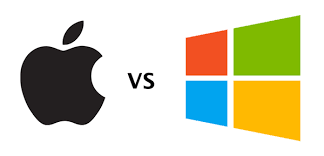
- IT . . .
-
- Can improve performance/manage traffic for digital art
- Can create virtual cores
- Can create in-house virtual render farm that requires no extra hardware
- Can create extra cloud storage space without spending money on new hardware
- Can code applications that work within their network
-
Likes to support open source file types
- (which is why they often don't like Apple, but Windows is not immune.)
- So use the network that already exists.
IT can DO!
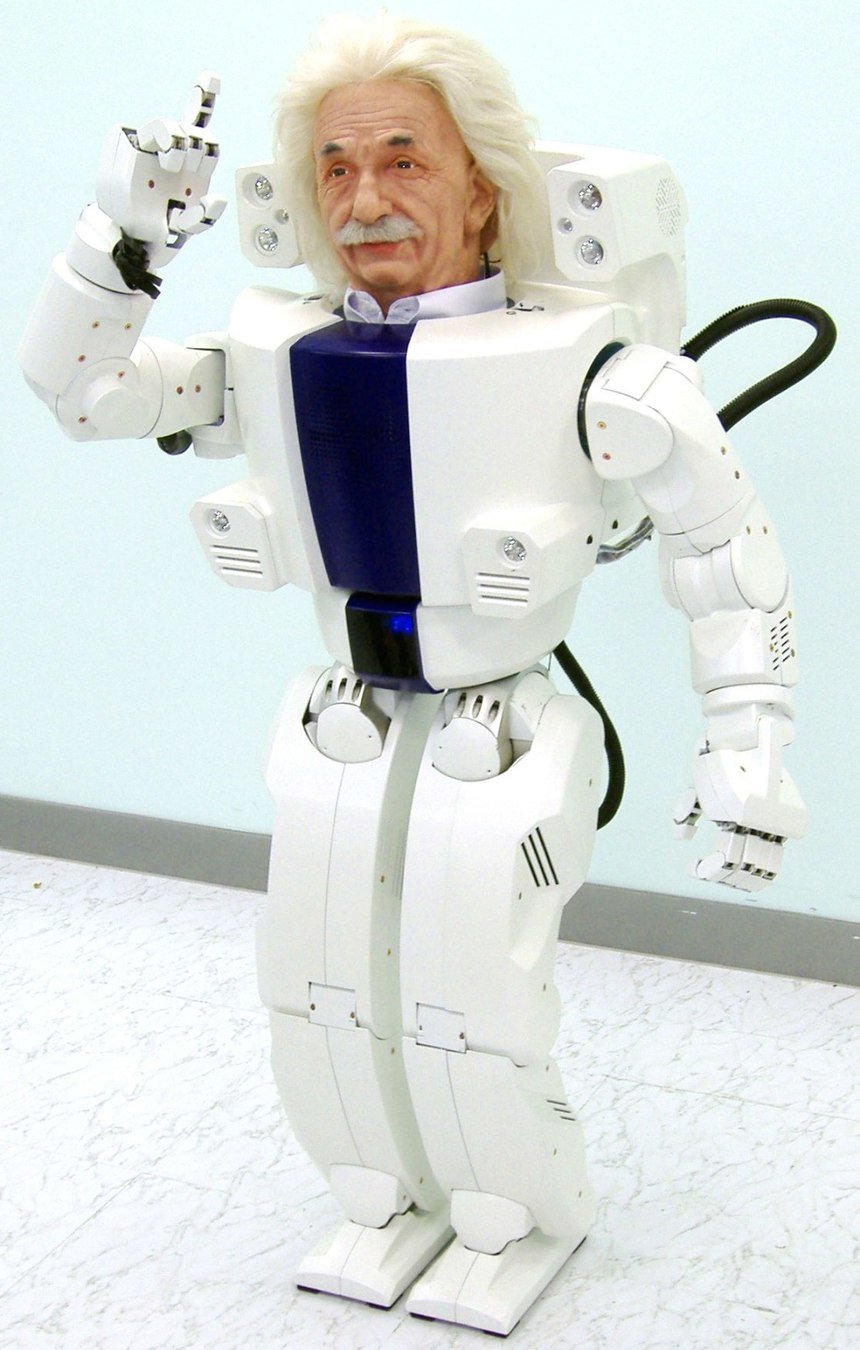
When to expect problems
- IT doesn't recognize your tech
- perceived narrow niche
- questions about accessibility
- Transitional moments:
- IT staff turnover
- faculty turnover
- Budget contingencies
- Pulling plugs: dropping support of your favorite tools
- Long-range support of projects
-
University support of a web service you made
- with students
- with collaborators at other institutions
-
University support of a web service you made
Our digital infrastructure needs to. . .
- Recognize limits of university networks and staff.
- University support is fragmented and short range.
-
Friendships are vital.
- Recognize where long-range support is (im)possible.
- University file storage vs. GitHub and web hosting
-
Prepare projects to move, and teach portability as essential to digital literacy.
- Recognize what our students need to thrive outside the university.
- Students need to share their work to demonstrate skills and find careers
- Give students opportunities to launch and port projects they own
- Help students maintain ownership and connection to their projects after they graduate.